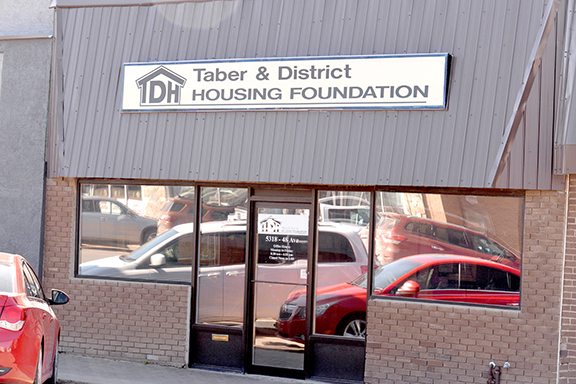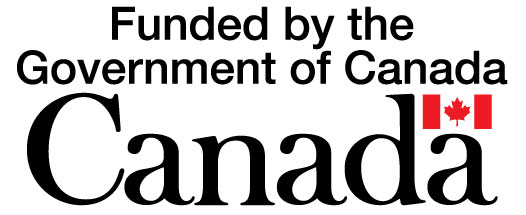Current Temperature
6.3°C
Taber and District Housing address rental barriers
Posted on August 7, 2025 by Taber Times Times Photo by Nicole Shelstad. HELPING LOCALS: Taber and District Housing Foundation (TDHF) aims to make housing more accessible to community members.
Times Photo by Nicole Shelstad. HELPING LOCALS: Taber and District Housing Foundation (TDHF) aims to make housing more accessible to community members.By Nicole Shelstad
Taber Times
Adequate housing is essential for well-being—providing shelter, security, and a foundation for accessing other basic needs. Taber and District Housing Foundation (TDHF) aims to make housing more accessible to community members experiencing barriers to accommodation.
Tim Janzen is the Chief Administrative Officer of TDHF, bringing years of experience to his role within the organization. His 10 years with the foundation have given him a broad view of the diverse challenges their clientele face—including health issues, low income, and other barriers currently impacting Taber’s residents.
“We’ve had tons of people come in who don’t meet the eligibility criteria. They’re not low income, but they’ve had to rent for many years, been employees for decades in Taber, and now can’t find a place,” remarked Janzen.
The main focus of our conversation was that despite appearances, Taber is currently experiencing a housing crisis.
“We don’t see encampments in Taber. We don’t see that traditional homelessness. But there is a lot behind the curtain,” Janzen reported.
He described frequent situations they hear from clients:
“We hear from clients often that they’ve moved back home or have been couch-surfing for an extended period of time.”
The reality in Taber is that rental spaces are few and far between—and when new units do appear, they’re often unaffordable for many renters.
“There’s a segment of the population who are working but might be unable to work full time, or they are working full time but their wage just doesn’t cover it,” admitted Janzen.
TDHF is currently utilizing a government-supported program called the Rent Assistance Benefit (RAB), which is being ramped up across Alberta. This program allows the government to contribute to low-income individuals’ rent costs, with the amount calculated based on household income and local market rent. Housing management bodies such as TDHF are responsible for delivering these programs locally.
“The RAB doesn’t need to be forever, but we’ve seen enough cases of people who’ve been able to get their feet underneath them and continue on—and be successful—because of these programs,” Janzen explained.
“Renovictions”—a term Janzen uses—are also a growing issue in the community. When a property is purchased by a new landlord who renovates the space, existing tenants are often moved out. Once renovations are complete, the unit is no longer affordable to the original tenants.
“I understand investing in real estate; landlords need a return after renovations. It’s not the landlord’s fault. But the reality for Taber is that we lost dozens of reasonably priced housing units, and they were replaced by market-value housing,” Janzen noted.
In Alberta, rent prices are rising significantly, with some areas seeing increases two to six times the national average. Smaller rural towns like Taber are also feeling the impact, as Janzen’s observations reflect.
Many factors influence Taber’s housing stability. Without housing that meets people’s means, the town becomes less appealing as a place to settle and build a life.
“We want Taber to grow. We want people to be invested in it. So we have to create the environment where they can do so,” Janzen concluded.
The Taber and District Housing Foundation continues to bridge the gap for community members by offering feasible solutions and advocating for Taber’s continued growth and sustainable future.
Leave a Reply
You must be logged in to post a comment.

